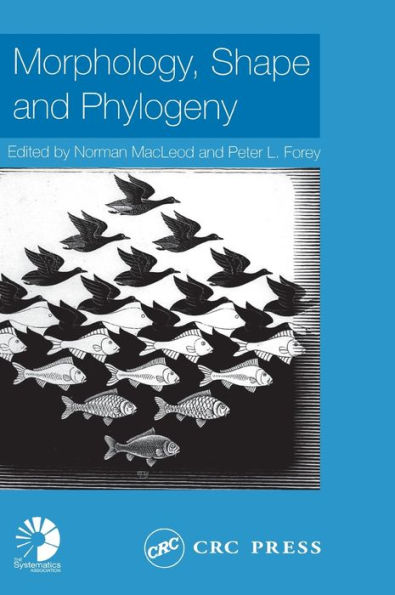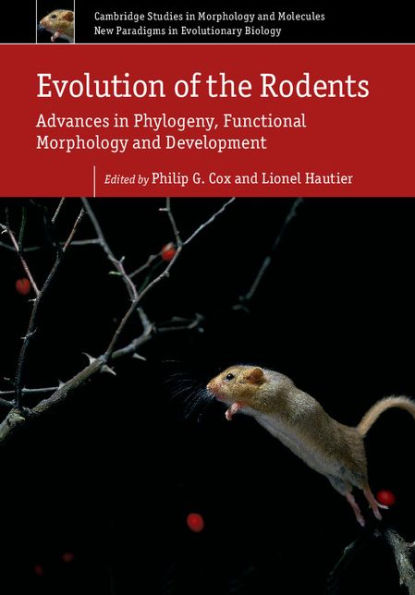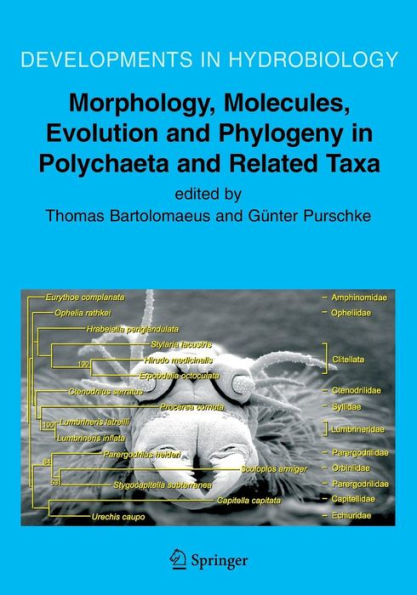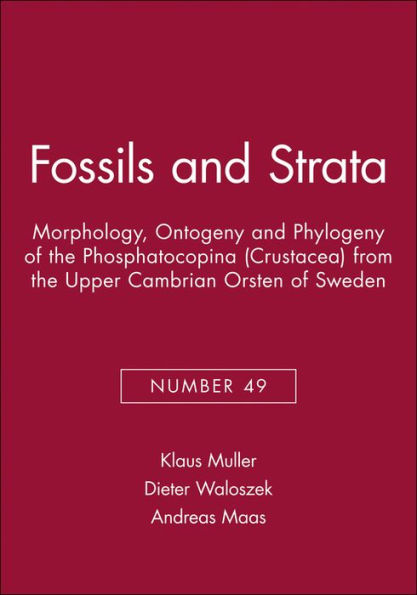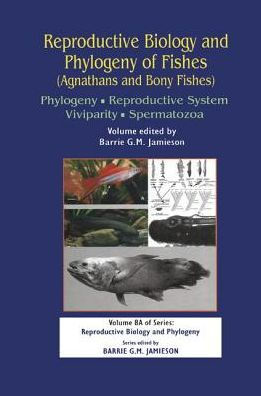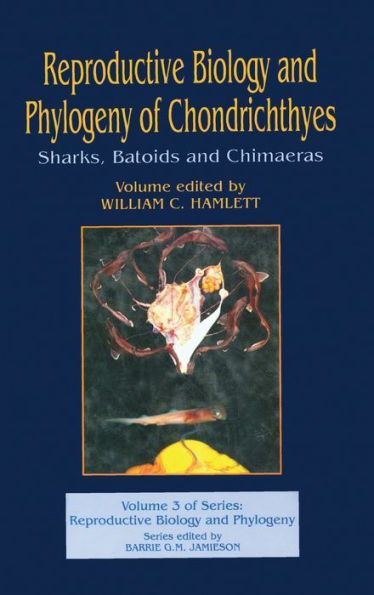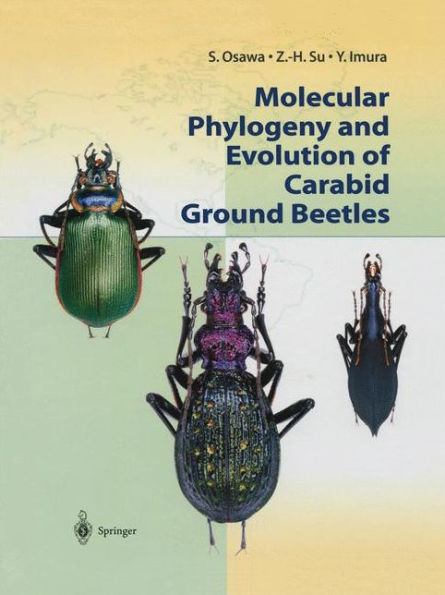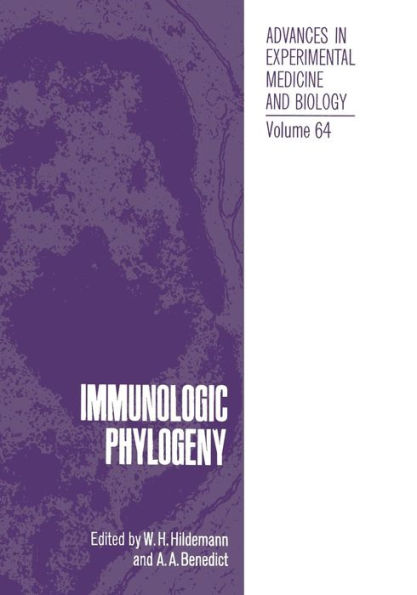Home
Postcranial Descriptions of Ilaria and Ngapakaldia (Vombatiformes, Marsupialia) and the Phylogeny of the Vombatiforms Based on Postcranial Morphology
Barnes and Noble
Loading Inventory...
Postcranial Descriptions of Ilaria and Ngapakaldia (Vombatiformes, Marsupialia) and the Phylogeny of the Vombatiforms Based on Postcranial Morphology in Bloomington, MN
Current price: $31.95


Postcranial Descriptions of Ilaria and Ngapakaldia (Vombatiformes, Marsupialia) and the Phylogeny of the Vombatiforms Based on Postcranial Morphology in Bloomington, MN
Current price: $31.95
Loading Inventory...
Size: OS
The author describes the postcrania of the Miocene marsupials
Ilaria illumidens
and
Ngapakaldia tedfordi
and compares them with those of other vombatiforms and out-group marsupials. A cladistic analysis of postcranial characters shows
Ilaria
to be most closely related to the wombats, primarily on the basis of the highly derived manus.
Ngapakaldia
's postcranium is more plesiomorphic and most similar to the phalangeriform possums.
Ilaria illumidens
and
Ngapakaldia tedfordi
and compares them with those of other vombatiforms and out-group marsupials. A cladistic analysis of postcranial characters shows
Ilaria
to be most closely related to the wombats, primarily on the basis of the highly derived manus.
Ngapakaldia
's postcranium is more plesiomorphic and most similar to the phalangeriform possums.
The author describes the postcrania of the Miocene marsupials
Ilaria illumidens
and
Ngapakaldia tedfordi
and compares them with those of other vombatiforms and out-group marsupials. A cladistic analysis of postcranial characters shows
Ilaria
to be most closely related to the wombats, primarily on the basis of the highly derived manus.
Ngapakaldia
's postcranium is more plesiomorphic and most similar to the phalangeriform possums.
Ilaria illumidens
and
Ngapakaldia tedfordi
and compares them with those of other vombatiforms and out-group marsupials. A cladistic analysis of postcranial characters shows
Ilaria
to be most closely related to the wombats, primarily on the basis of the highly derived manus.
Ngapakaldia
's postcranium is more plesiomorphic and most similar to the phalangeriform possums.
